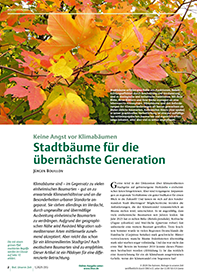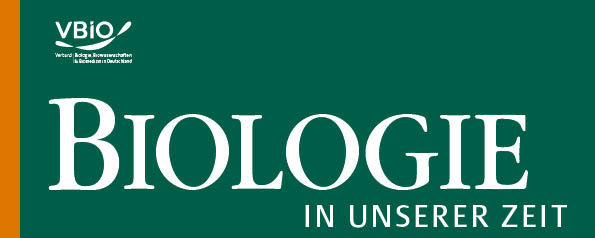City trees for the next but one generation
DOI:
https://doi.org/10.11576/biuz-7723Keywords:
Klimawandel, Stadtgrün, Pflanzenverwendung, Bäume, Ökosystemleistungen, Resilienz, Biodiversität, DendrologieAbstract
The effects of climate change – particularly heat – are likely to push many indigenous tree species to the edge of their existence within the next 75 years. Ecological conditions of urban sites represent an additional challenge for trees. Human activities can intensify, but also alleviate them. Tree maintenance measures and intelligent profiling of soil surfaces in particular can promote water availability. Vegetation and vegetation zones will change. The variance of native genotypes and the natural migration of more heat-tolerant tree species alone will not solve our future problems. In cities, vital trees are necessary to provide shade and cooling. Possible solutions include the planting of diverse heat-resistant genotypes of indigenous species, of new, Sub-Mediterranean species from Southern and Southeastern Europe (assisted migration) and of climate-tolerant species from other continents. It is likely that these species will establish in the future. In view of the Central European woody flora that has been largely impoverished by the ice ages, a species-richer urban tree vegetation is desirable and good!


